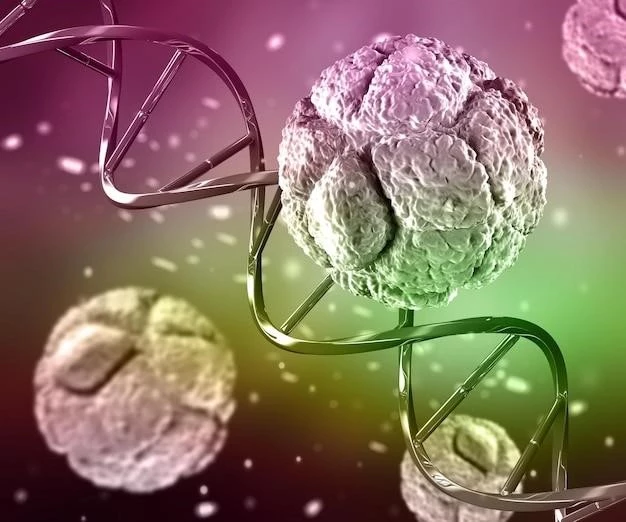Causes of Argininosuccinic Aciduria
Argininosuccinic Aciduria is primarily caused by a genetic mutation leading to enzyme deficiency.
Genetic Mutation
The genetic mutation responsible for Argininosuccinic Aciduria affects the ASL gene, impairing the production of argininosuccinate lyase enzyme. This enzyme deficiency leads to the accumulation of argininosuccinic acid in the body, causing the symptoms of the disorder.
Enzyme Deficiency
In Argininosuccinic Aciduria, the enzyme deficiency of argininosuccinate lyase disrupts the urea cycle, leading to the accumulation of toxic levels of ammonia in the body. This buildup causes neurological and metabolic symptoms characteristic of the disorder.
Symptoms and Signs of Argininosuccinic Aciduria
Argininosuccinic Aciduria presents with neurological and metabolic symptoms due to ammonia accumulation.
Neurological Symptoms
Neurological symptoms of Argininosuccinic Aciduria include lethargy, seizures, developmental delays, intellectual disability, and behavior changes. These manifestations are a result of the impact of elevated ammonia levels on the central nervous system.
Metabolic Symptoms
Metabolic symptoms of Argininosuccinic Aciduria encompass poor feeding, vomiting, irritability, and developmental regression. These signs result from the disruption in the urea cycle, leading to ammonia accumulation and metabolic disturbances.

Treatment Options for Argininosuccinic Aciduria
Management of Argininosuccinic Aciduria involves medication and dietary modifications to control symptoms.
Medication
Patients with Argininosuccinic Aciduria may receive medications like phenylbutyrate and citrulline to manage ammonia levels and improve urea cycle function. These medications help reduce the risk of hyperammonemic episodes and support metabolic stability.
Dietary Management
Dietary management for Argininosuccinic Aciduria involves protein restriction, supplementation with essential amino acids, and careful monitoring of protein intake to minimize ammonia production. A diet low in protein but adequate in calories is crucial to maintain metabolic balance.
Diagnosis of Argininosuccinic Aciduria
Diagnosis of Argininosuccinic Aciduria involves newborn screening and genetic testing for confirmation.
Newborn Screening
Newborn screening for Argininosuccinic Aciduria involves blood tests to detect elevated ammonia levels and amino acid abnormalities. Early identification through screening enables prompt intervention and management to prevent complications associated with the disorder.
Genetic Testing
Genetic testing for Argininosuccinic Aciduria involves analyzing the ASL gene for mutations that cause the condition. Identifying specific genetic alterations helps in confirming the diagnosis, assessing the risk of recurrence in families, and guiding personalized treatment strategies for affected individuals.
Research Advances in Argininosuccinic Aciduria
Ongoing research in Argininosuccinic Aciduria focuses on gene therapy and enzyme replacement therapy innovations.
Gene Therapy
Gene therapy research in Argininosuccinic Aciduria aims to introduce functional ASL genes into affected cells to restore enzyme activity, potentially offering a long-term solution by addressing the underlying genetic cause of the disorder. Clinical trials are exploring the feasibility and safety of this innovative approach.
Enzyme Replacement Therapy
Enzyme replacement therapy for Argininosuccinic Aciduria involves administering functional argininosuccinate lyase enzyme to compensate for the deficient enzyme activity. This treatment approach aims to reduce ammonia buildup, manage metabolic imbalances, and improve the overall health and well-being of individuals with the condition.
Prognosis for Argininosuccinic Aciduria Patients
The prognosis for Argininosuccinic Aciduria patients varies based on timely diagnosis and appropriate management.
Long-Term Complications
Long-term complications of Argininosuccinic Aciduria may include neurocognitive impairments, liver disease, growth delays, and an increased risk of metabolic crises if not managed effectively. Regular monitoring and adherence to treatment protocols are crucial in mitigating these potential complications.
Survival Rates
The survival rates of individuals with Argininosuccinic Aciduria have improved with advancements in treatment and management strategies. Early diagnosis, appropriate interventions, and multidisciplinary care have positively impacted the prognosis and longevity of patients with this rare metabolic disorder.
Management Strategies for Argininosuccinic Aciduria
Effective management of Argininosuccinic Aciduria involves a comprehensive multidisciplinary care approach.
Multidisciplinary Care Approach
The multidisciplinary care approach for Argininosuccinic Aciduria involves collaboration among geneticists, metabolic specialists, dietitians, neurologists, and other healthcare professionals. This coordinated effort ensures holistic management addressing various aspects of the disorder, including genetic considerations, dietary needs, neurological symptoms, and overall well-being of patients.
Symptom Management
Symptom management in Argininosuccinic Aciduria involves addressing neurological manifestations, metabolic disturbances, and potential complications through medications, dietary adjustments, and close monitoring. Tailored interventions aim to optimize symptom control, improve quality of life, and minimize the impact of the condition on patients’ health outcomes.
Support and Resources for Argininosuccinic Aciduria
Patients with Argininosuccinic Aciduria can benefit from patient support groups and counseling services.
Patient Support Groups
Joining patient support groups for Argininosuccinic Aciduria can provide valuable emotional support, shared experiences, and access to resources for individuals and families navigating the challenges associated with the condition. These groups offer a sense of community and understanding that can be beneficial in coping with the complexities of the disorder.
Counseling Services
Accessing counseling services can offer psychological support, coping strategies, and guidance for individuals and families dealing with the emotional impact of Argininosuccinic Aciduria. Professional counseling helps address concerns, enhance resilience, and promote mental well-being throughout the journey of managing this rare metabolic disorder.
